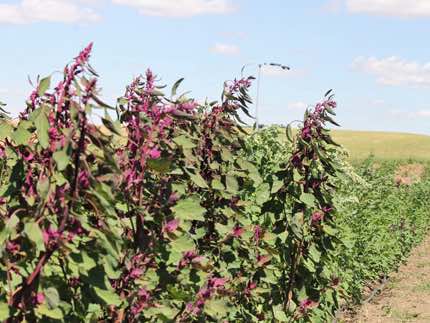
Quinoa is a healthy food many know and love. As its popularity grows, more farmers are interested in planting it. However, the plant doesn’t do well in high temperatures, so plant breeders are trying to help.

Quinoa is a healthy food many know and love. As its popularity grows, more farmers are interested in planting it. However, the plant doesn’t do well in high temperatures, so plant breeders are trying to help.
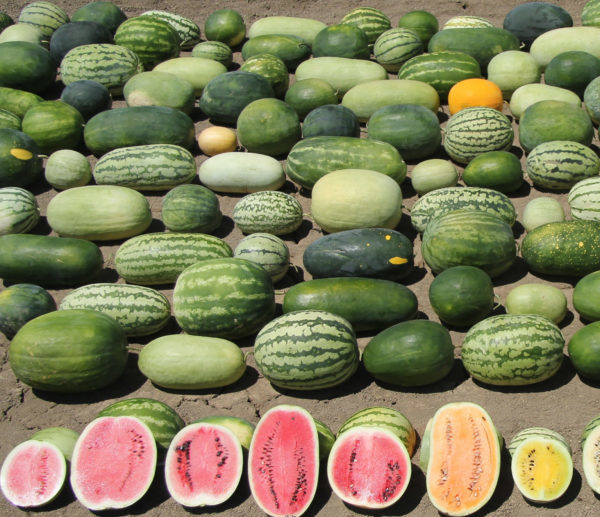
When many people think of watermelon, they likely think of Citrullus lanatus, the cultivated watermelon with sweet, juicy red fruit enjoyed around the world as a dessert. Indeed, watermelon is one of the world’s most popular fruits, second only to tomato – which many consider a vegetable. But there are six other wild species of watermelon, all of which have pale, hard and bitter fruits.
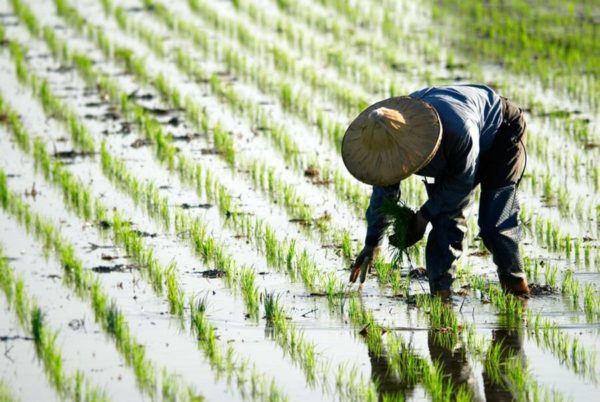
Research combining future climate conditions and arsenic-induced soil stresses predicts rice yields could decline about 40 percent by 2100, a loss that would impact about 2 billion people dependent on the global crop.
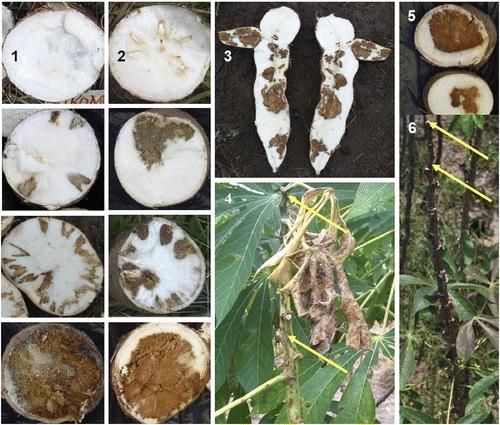
A nutty-flavored, starchy root vegetable, cassava (also known as yuca) is one of the most drought-resistant crops and is a major source of calories and carbs for people in developing countries, serving as the primary food for more than 800 million people. However, the crop is vulnerable to virus diseases, such as cassava brown streak disease (CBSD), which poses the biggest threat to production in East and Central Africa. To understand how cassava virus disease builds up over repeated planting cycles, a team of Tanzania-based scientists conducted experiments in coastal Tanzania, where there are two planting seasons.
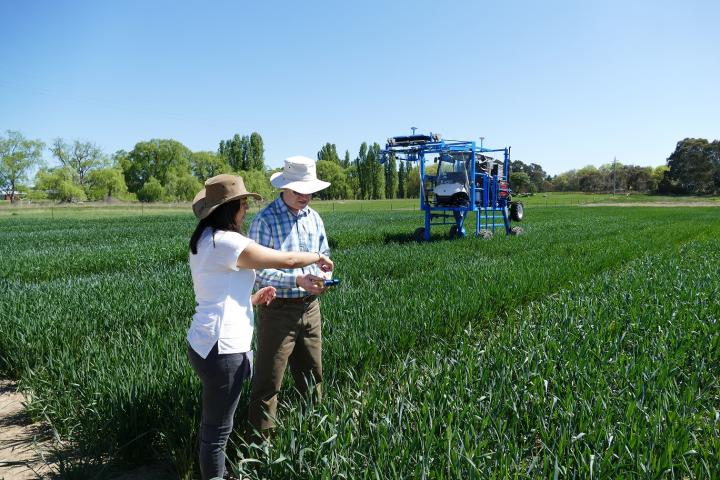
“In this study we surveyed diverse high-performing wheat varieties to see if their differences in photosynthetic performance were due to their genetic makeup or to the different environments where they were grown,” said lead researcher Dr Viridiana Silva-Perez from the ARC Centre of Excellence for Translational Photosynthesis (CoETP).
The scientists found that the best performing varieties were more than 30 percent better than the worst performing ones and up to 90 percent of the differences were due to their genes and not to the environment they grew in.
“We focused on traits related to photosynthesis and found that some traits behaved similarly in different environments. This is useful for breeders, because it is evidence of the huge potential that photosynthesis improvement could have on yield, a potential that hasn’t been exploited until now,” says Dr Silva-Perez.
During the study, published recently in the Journal of Experimental Botany, the scientists worked in Australia and Mexico, taking painstaking measurements in the field and inside glasshouses.
“The results that we obtained from our “Photosynthesis Olympics”, as we like to call them, are very exciting because we have demonstrated that there is scope to make plants more efficient, even for varieties working in the best conditions possible, such as with limited water and fertiliser restrictions. This means for example, that breeders have the potential to get more yield from a plant with the same amount of nitrogen applied,” says CoETP Director Professor Robert Furbank, one of the authors of this study.
Photosynthesis – the process by which plants convert sunlight, water and CO2 into organic matter – is a very complex process involving traits at different levels, from the molecular level, such as content of the main photosynthetic enzyme Rubisco, to the leaf, such as nitrogen content in the leaf and then to the whole canopy.
“This work is an important result for the CoETP, which aims to improve the process of photosynthesis to increase the production of major food crops such as wheat, rice and sorghum. There is a huge amount of collaboration, both institutional and interdisciplinary, that needs to take place to achieve this type of research. Without the invaluable cooperation between statisticians, plant breeders, molecular scientists and plant physiologists, we would have never achieved these results,” says co-author Tony Condon from CSIRO and the CoETP.
Read the paper: Journal of Experimental Botany
Article source: Arc Centre Of Excellence For Translational Photosynthesis
Author: Natalia Bateman
Image credit: Dr Viridiana Silva-Perez/COETP

Researchers have developed an improved assembly of the genome for the date palm using long-read sequencing technology. This improvement over the current versions of the genome will help advance further research, and also inform the propagation practices of this essential MENA region food source.

An international team of scientists has developed a new approach that enables researchers to more efficiently identify the genes that control plant traits. This method will enable plant breeders and scientists to develop more affordable, desirable, and sustainable plant varieties.
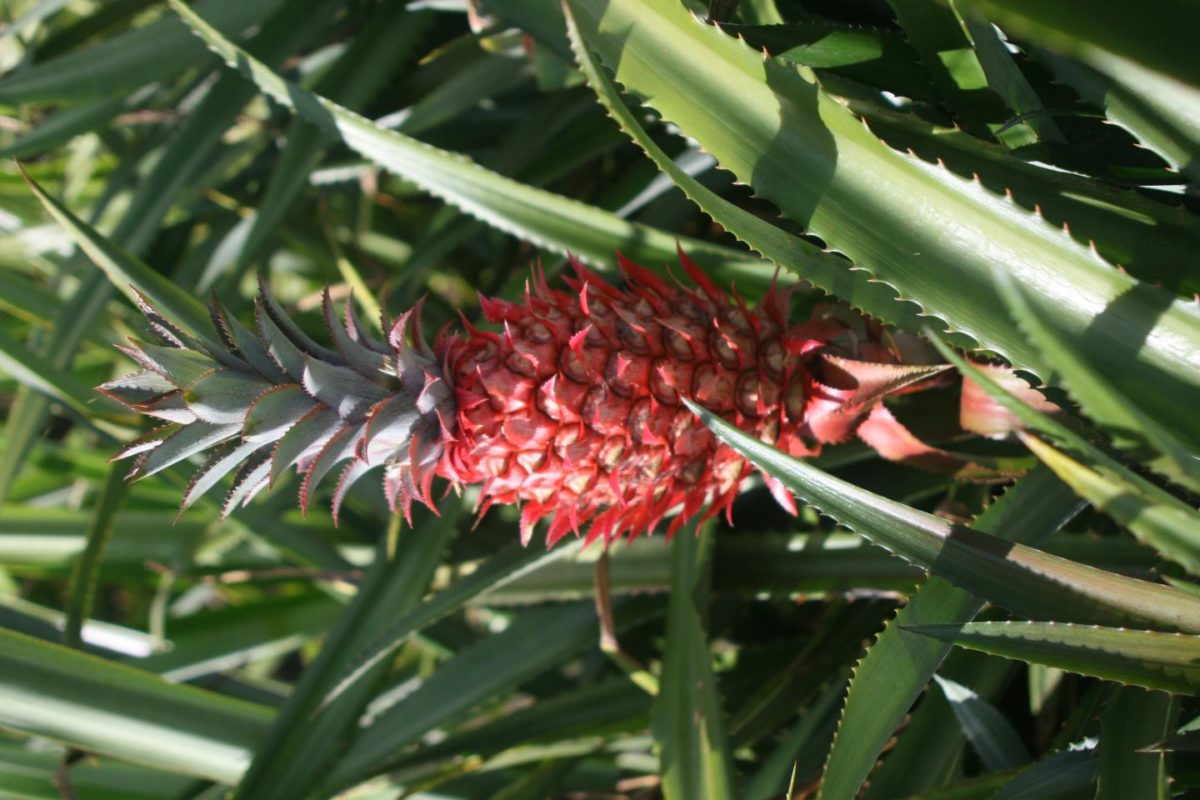
As their Latin name indicates, pineapples are truly “excellent fruits”—and thanks to a freshly completed genome sequencing project, researchers have gained a new understanding of how human agriculture has shaped the evolution of this and other crops.

Scientists have discovered that soil microbes can make tomato plants more resistant to Bacterial wilt disease caused by Ralstonia solanacearum— opening new possibilities for sustainable food production.
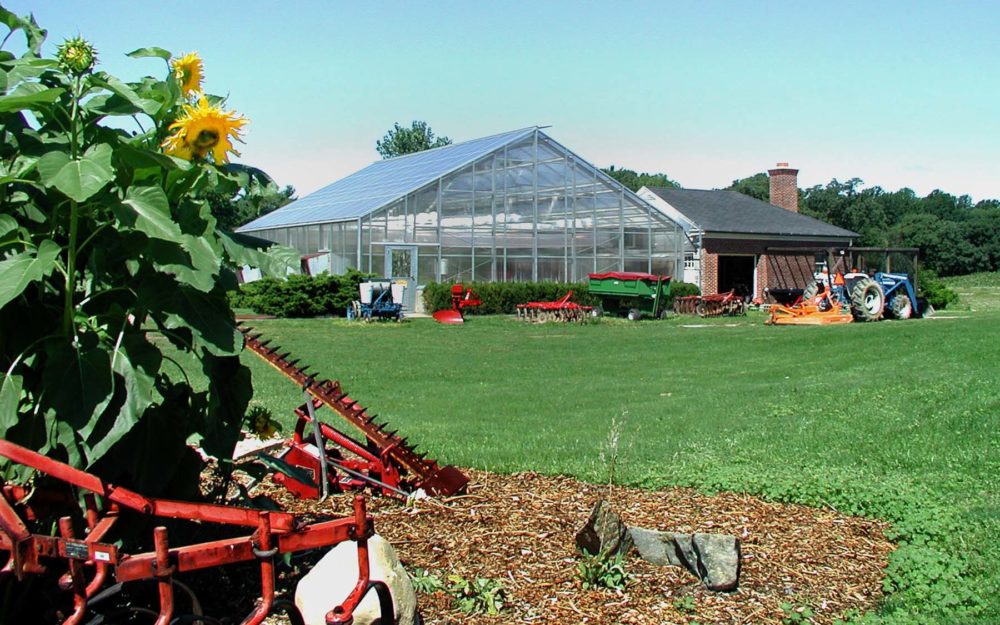
As a growing population and climate change threaten food security, researchers around the world are working to overcome the challenges that threaten the dietary needs of humans and livestock. A pair of scientists is now making the case that the knowledge and tools exist to facilitate the next agricultural revolution we so desperately need.